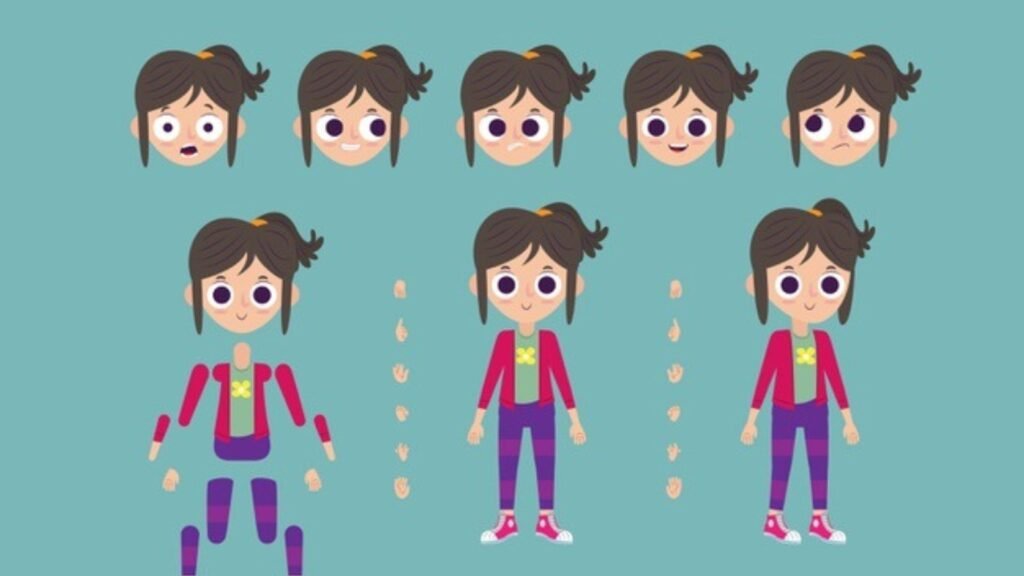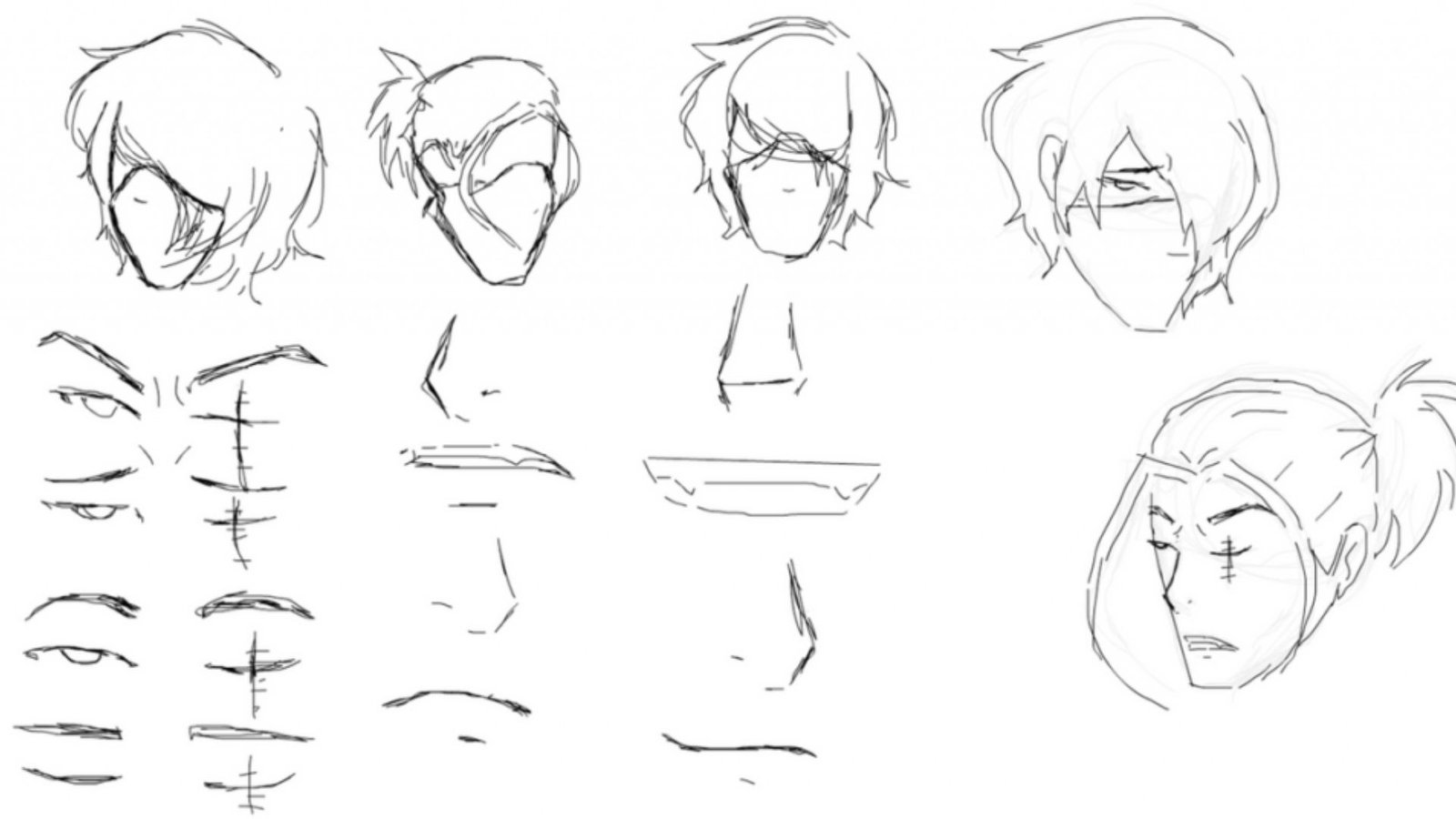Best Tips for Character Animation
Character animation is a fascinating field that combines artistry and technical skill to bring characters to life. Whether you’re a novice or looking to refine your skills, knowing the right techniques can make a significant difference. In this article, we’ll delve into some essential tips for character animation to help you create engaging and believable animations.
Exploring Entertainment Beyond Animation
After diving into the vibrant world of animation, some fans enjoy trying out different forms of entertainment. The safespin casino bonuses offer an exciting way to explore online gaming with fun rewards and engaging gameplay. Always remember to enjoy these experiences responsibly.
Start with Strong Character Design
Define Your Character’s Personality
Before you even begin animating, it’s crucial to have a clear understanding of your character’s personality. Spend time developing your character’s backstory, traits, and motivations—much like understanding the dynamics of online gambling Australia. This foundational step ensures that your animation reflects the character’s true nature, making them more relatable and compelling.
Sketch Various Poses
Secondly, sketching different poses and expressions is a great way to explore your character’s range of motion and emotions. These sketches act as reference points, helping you maintain consistency throughout your animation. Experiment with dynamic poses to convey your character’s personality and actions effectively.

Master the Principles of Animation
Understand the 12 Principles
To create believable animations, familiarize yourself with the 12 principles of animation, such as squash and stretch, anticipation, and follow-through. These principles are the building blocks of animation and help in creating fluid and realistic movements. For instance, using squash and stretch can add a sense of weight and flexibility to your character’s movements.
Apply Timing and Spacing
Timing and spacing are essential for conveying movement and emotion. Proper timing ensures that actions occur at the right pace, while spacing affects the smoothness of transitions. Practice adjusting these elements to enhance the realism and expressiveness of your animations.
Use Reference Material
Study Real-Life Movements
More so, observing real-life movements can provide invaluable insights into how characters move and behave. Watch videos of people performing similar actions to those in your animation. Pay attention to the nuances of movement and how they impact the overall animation. This real-world reference helps in creating more authentic and believable animations.
GH Dean & Co and Online Entertainment
GH Dean & Co is a family farming business with a history dating back to the 1920s. For a change of pace from the fields, explore online entertainment options, such as real money online baccarat. Stay updated on farming practices and leisure activities.
Utilize Motion Capture
For more advanced projects, consider using motion capture technology. This technique records real actors’ movements and translates them into digital animations. It’s a powerful tool for achieving highly realistic character animations, especially in complex action sequences.
Focus on Facial Expressions and Lip Syncing
Convey Emotions Effectively
Facial expressions play a crucial role in conveying emotions and personality. Spend time perfecting your character’s facial expressions to match their mood and actions. Subtle changes in the face can dramatically impact how audiences perceive your character’s emotions.
Building Digital Confidence with Expert Web Services
GHDean delivers reliable web solutions that help businesses build professional, user‑friendly online presences and grow with confidence.
For some visitors exploring dynamic digital offerings, platforms like new zealand nba online betting showcase how clear design and dependable service can enhance user engagement.
Both high‑quality web services and well‑designed online platforms prioritize transparency, usability, and user trust to foster long‑term relationships.
By combining expertise with seamless functionality, GHDean empowers clients to succeed in a digital world.
Synchronize Lip Movements
Lip syncing is essential for characters who speak or sing. Ensure that your character’s mouth movements align with the audio to create a convincing dialogue. Use animation software tools to match the timing and shape of the mouth with the spoken words, enhancing the overall realism of your character’s performance.
Incorporate Secondary Actions
Add Depth to Your Animation
Secondary actions are additional movements that complement the primary action and add depth to your animation. For example, if your character is walking, adding subtle arm swings or head tilts can make the movement feel more natural and dynamic. Additionally, these small details contribute to a richer and more engaging animation.
Use Overlapping Actions
Overlapping actions, such as a character’s hair or clothing moving after the main action, can enhance realism. These overlapping movements create a sense of continuity and weight, making your character’s actions appear more fluid and believable.
Discovering the Thrills of Online Baccarat
While ghdean focuses on providing professional services, we understand our audience has diverse interests beyond our core offerings. For those seeking engaging online entertainment, online baccarat offers an exciting option. To explore this, consider visiting https://www.kingjohnnie.me/en/online-baccarat. This platform offers a user-friendly interface and the opportunity to enjoy a classic casino card game online.
Conclusion
In conclusion, applying these tips for character animation will significantly enhance the quality of your animations. First and foremost, start with a strong character design to lay a solid foundation. Next, master the principles of animation to ensure your movements are fluid and believable. Additionally, use reference material to inform and refine your work, bringing authenticity to your characters.
Moreover, focus on conveying emotions effectively through detailed facial expressions and precise lip syncing. Furthermore, don’t overlook the importance of incorporating secondary actions to add depth and realism. Lastly, by integrating these techniques, you will be well on your way to creating captivating and lifelike animations. Ultimately, happy animating!
Explore Bonus Opportunities
Looking for a little extra? Discover the potential of free spins and other exciting online bonuses. You might find a new avenue for entertainment.


